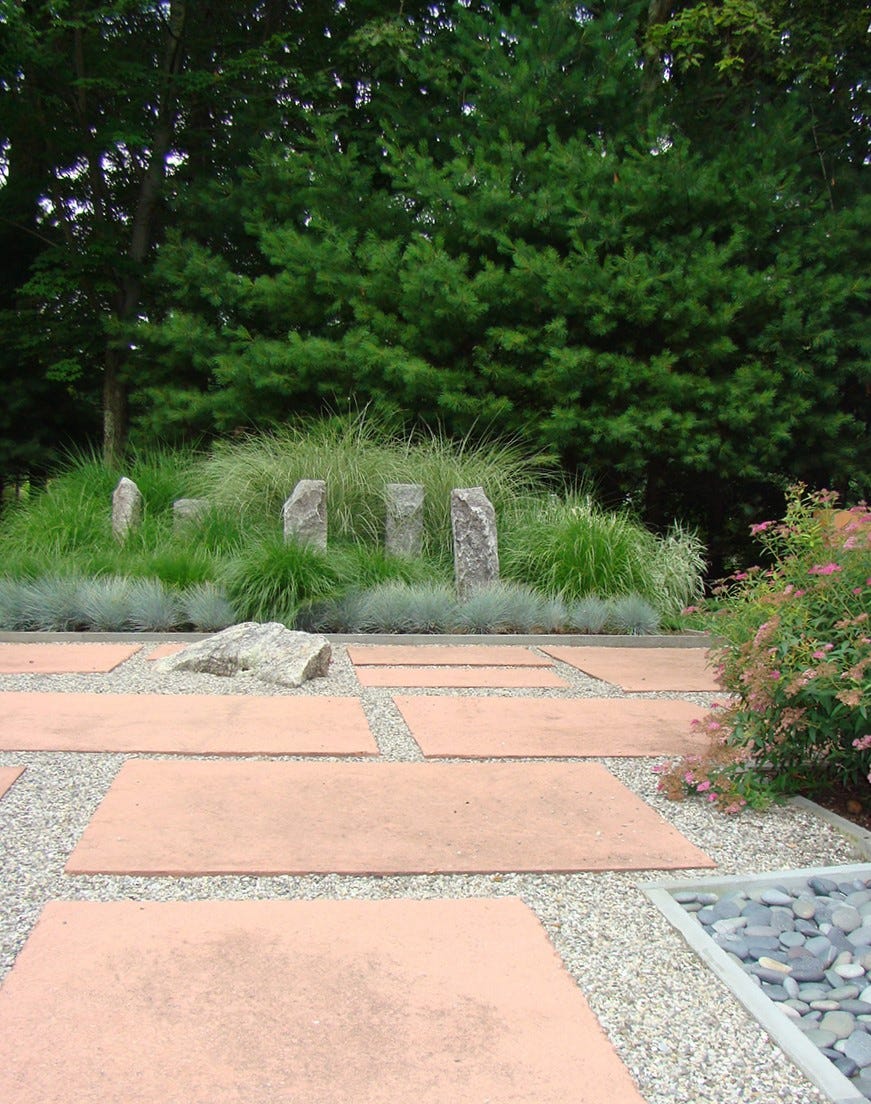I post every Wednesday and Sunday for my wonderful subscribers! Thank you!

What happens when you blend Japanese and Scandinavian styles and aesthetics?
JAPANDI. (aka Japanese and Scandi). I would throw in some Shaker to boot - but that’s me.
What Is Japandi Design?
Japandi design is a term used to describe the naturalism, simplicity and craftsmanship of a combination of Japanese and Scandinavian aesthetics. There is a focus on materials with an attention to detail. Additionally, Japandi style emphasizes sustainability.
In exterior design - outdoors- this translates to rustic minimalism and calming, tranquil spaces. This is the approach that I naturally gravitate towards so I like that it is so popular that it gets a name. Japandi might be a new term but it highlights a long-used garden design approach. And for that I say ‘hurrah”!
Hygge + wabi-sabi
Hygge is a Scandinavian term which loosely means cozy and comforting. Japanese "wabi-sabi" is the idea that there is beauty in imperfection. That is a gross generalization of both terms but you get the idea. Cozy outdoors means sheltering spaces to sit or walk. Wabi-sabi highlights the natural textures and steady beauty found in a calming garden - rocks, water, evergreens.
Keep reading with a 7-day free trial
Subscribe to Gardentopia to keep reading this post and get 7 days of free access to the full post archives.



